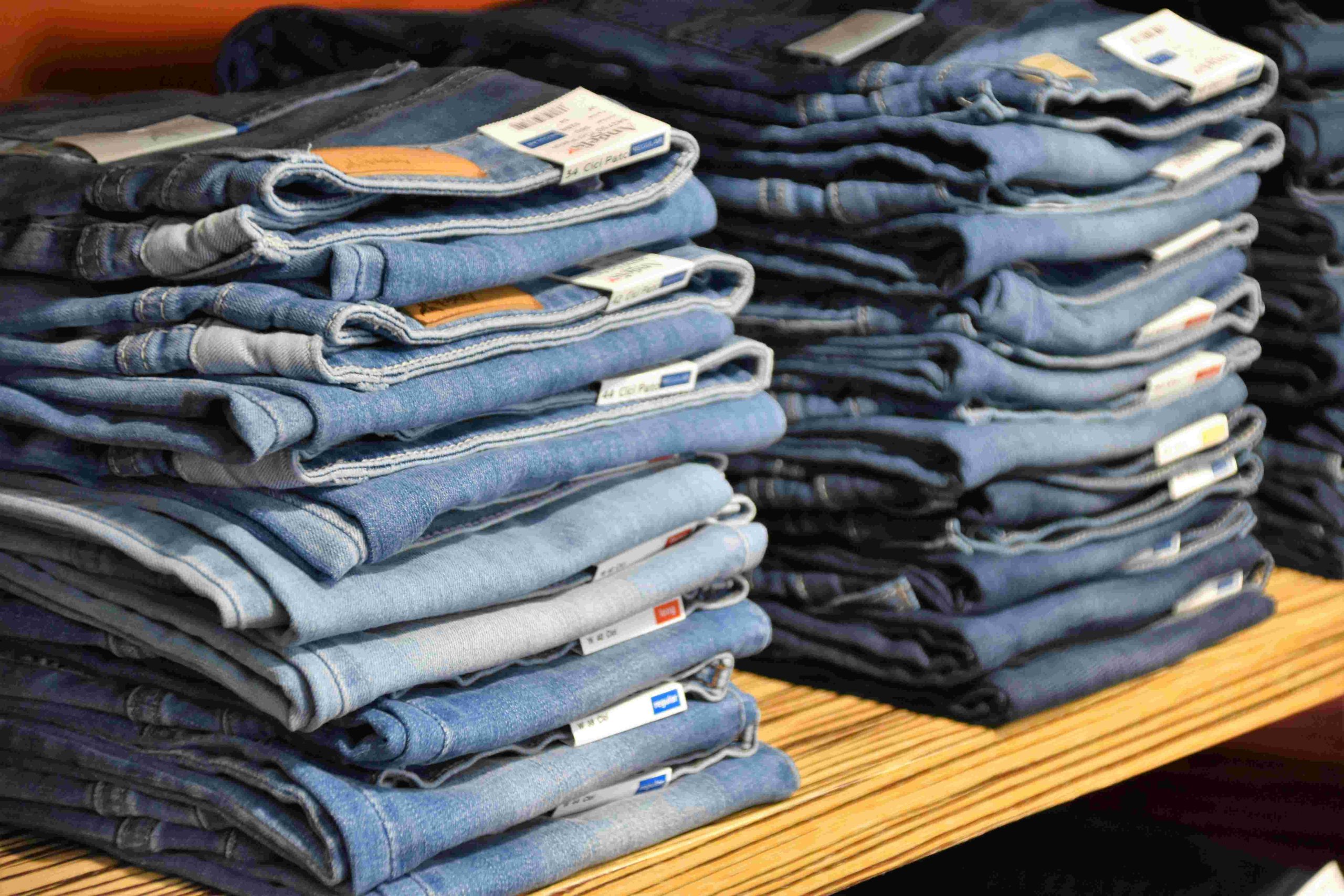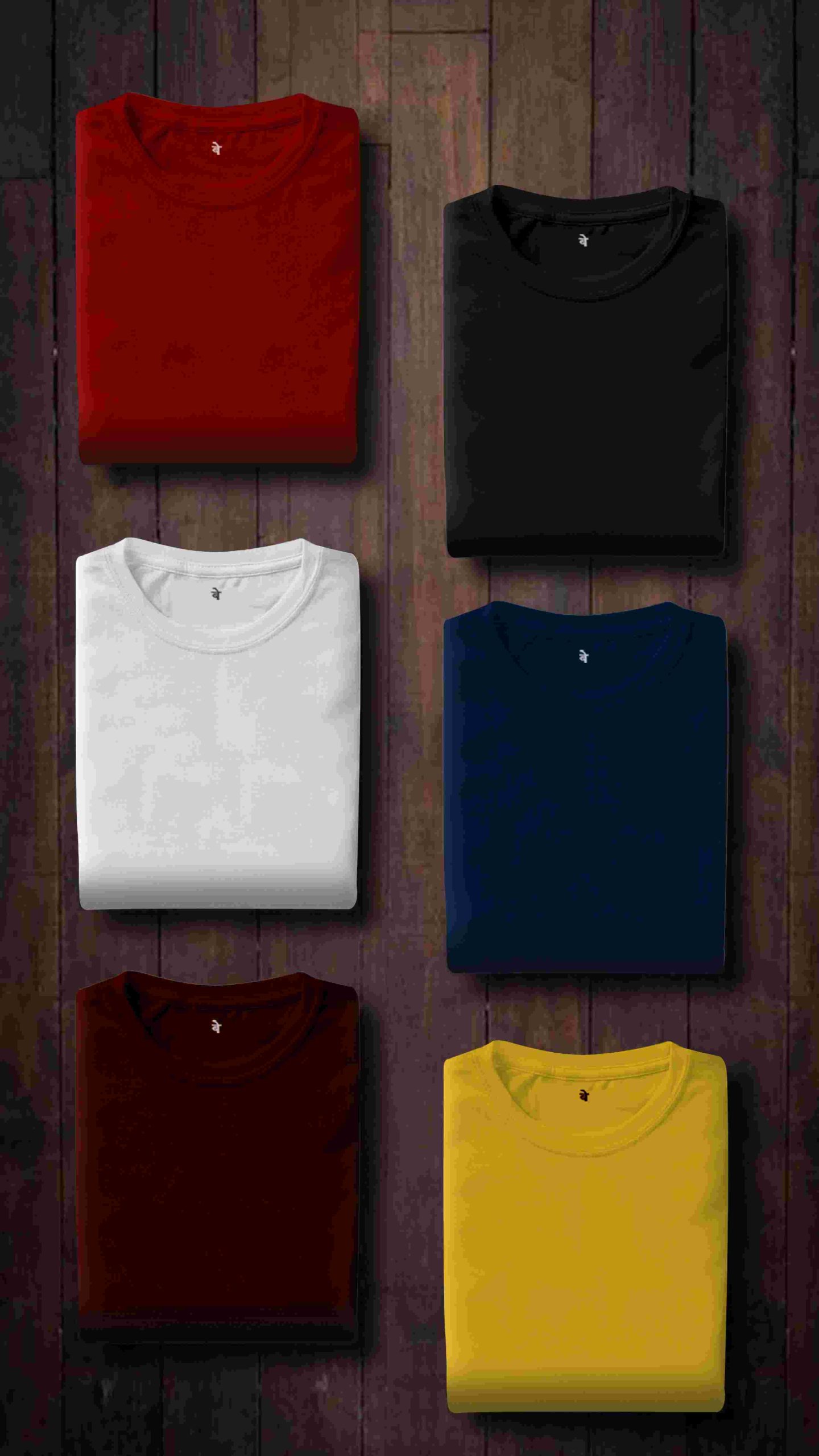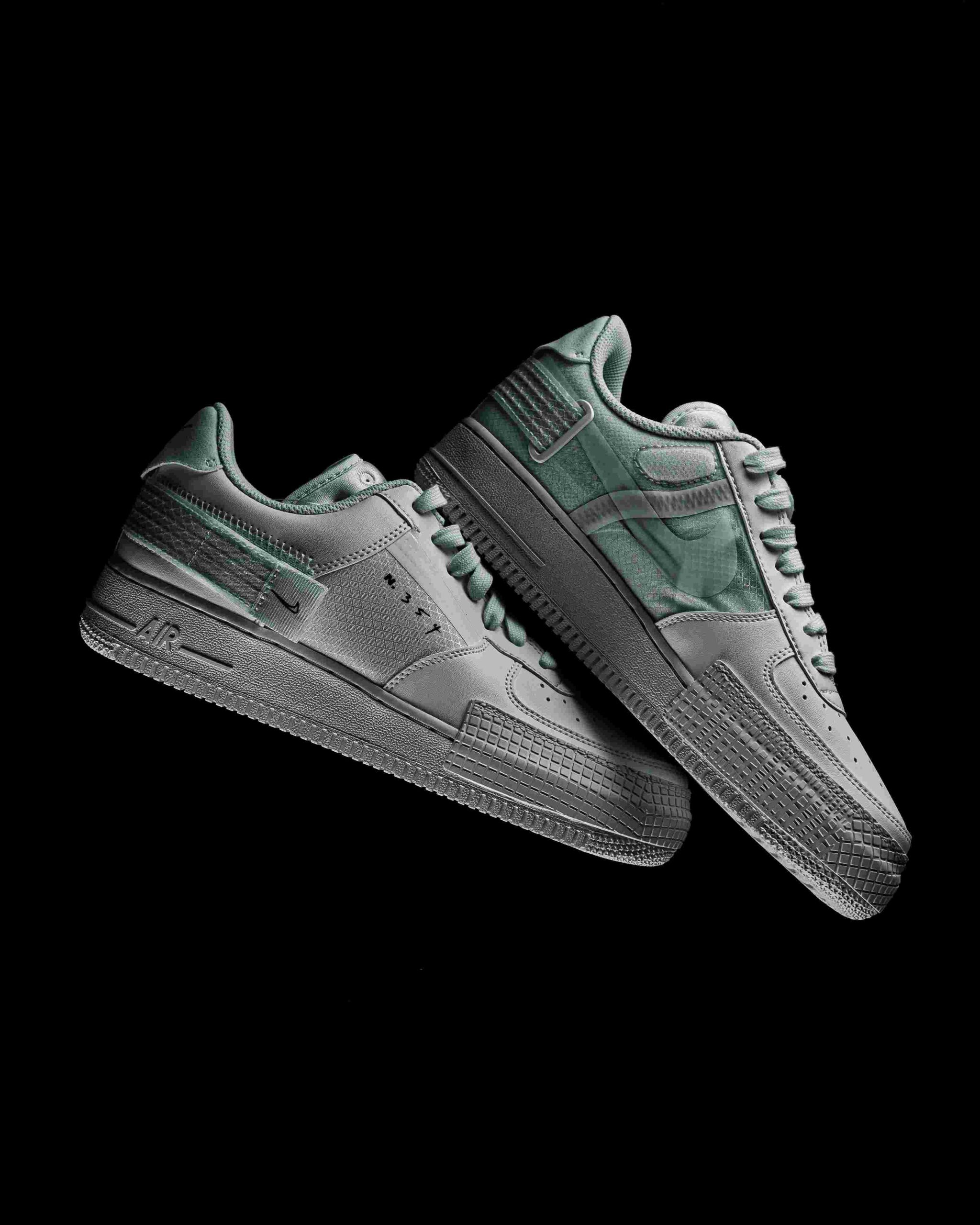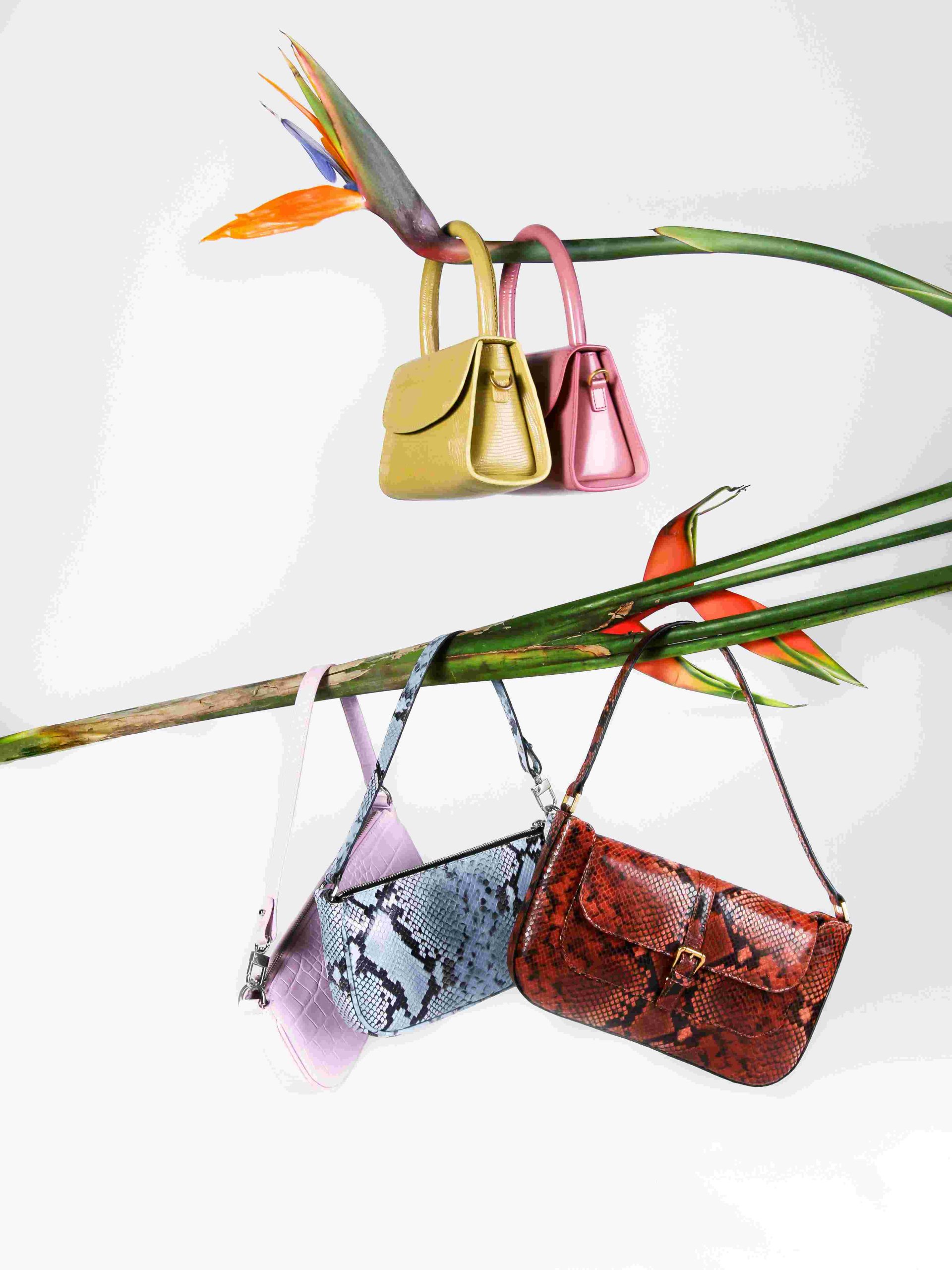Affordable Sustainable Fashion Brands
We stand at a crossroads. The fashion industry, one of the world’s largest polluters, challenges our values every time we make a purchase. Do we choose fleeting trends at the expense of our planet, or do we take the harder, more rewarding path toward sustainability? For years, I grappled with this dilemma each time I stepped into a store or clicked “add to cart.” The journey to finding balance between affordability and sustainability wasn’t easy—but it’s possible.
When I first committed to prioritizing sustainable choices, I was overwhelmed. The common narrative often assumes that sustainability is a luxury, something attainable only for those who can afford $300 for a single sweater. But I quickly learned that this limited perspective ignores the innovation and creativity surging through the fashion industry today. By examining new consumer patterns, the psychology of purchasing decisions, and the rise of sustainable technology, we unlock a world of accessible options.
The Problem: Fast Fashion’s Hidden Costs
Fast fashion, as convenient as it may seem, comes with hidden costs. The sheer volume of clothing dumped into landfills every year—92 million tons, to be exact—is staggering. The human cost is equally devastating: low wages, unsafe working conditions, and exploitative practices perpetuate inequality. If we put a price tag on these hidden costs, the allure of a $10 shirt fades quickly.
Psychologists have long studied
hedonic adaptation
, the human tendency to quickly lose satisfaction from material possessions as they become mundane. In fast fashion, this manifests in the endless consumption cycle. You buy that trendy jumpsuit, wear it twice, and find yourself scrolling for the next “must-have” item. Isn’t it time to break free?
Consider this: the same principles guiding financial investments and personal growth—long-term thinking, focused intention, and mindful decision-making—apply directly to building a sustainable wardrobe. The question is, how do we transition while staying within budget?
Accessible Sustainable Fashion: Breaking the Myth
The belief that sustainable fashion is inherently expensive arises from a misunderstanding. True, luxury brands have leveraged the sustainability movement to justify high price tags. But affordability and sustainability aren’t mutually exclusive. In fact, they’re increasingly aligned, thanks to technological advancements and consumer demand.
Take innovations like recycled fibers and digitalized supply chains. Companies are now creating durable products while reducing waste and emissions. For instance, brands like Everlane have introduced
transparent pricing
, showing how much of your money goes toward materials, labor, transportation, and profit. Brands like Pact or Tentree focus on ethical sourcing and carbon offsetting while keeping prices accessible. This democratization of sustainability is a harbinger of future fashion.
From a business perspective, this makes perfect sense. As behavioral economics shows, consumers increasingly value ethical considerations in their purchases. The younger generation, in particular, seeks brands that align with their values. Companies that ignore this trend risk falling behind in an evolving market.
Actionable Strategies for a Sustainable Wardrobe
-
Start Small, Start Intentional:
Begin by auditing your wardrobe. What do you already have? Which items hold value? Seek to maximize their wear rather than immediately buying more. -
Shop Second-Hand:
Platforms like Poshmark, ThredUp, and local thrift stores are treasure troves for high-quality, pre-loved clothing at a fraction of the price. -
Research Brands:
Use resources like Good On You, an app that rates brands on their ethical and sustainability practices. -
Adopt Minimalism:
Build a capsule wardrobe with versatile pieces. Don’t chase trends—invest in timeless styles. -
Rent, Don’t Buy:
For special events, consider renting from platforms like Rent the Runway instead of purchasing something you’ll wear once.
Each step might feel small, but collective action creates monumental change. As author Anne Lamott said, “Almost everything will work again if you unplug it for a few minutes, including you.” Unplugging from the fast-fashion machine allows us to recalibrate our values.
The Power of Transformative Narratives
What if we viewed sustainability as not only a moral choice but a deeply personal and transformative one? To invest in sustainable fashion is to invest in a narrative—your story of aligning conviction with action, style with substance. The philosopher Søren Kierkegaard once wrote that “life must be lived forward, but it can only be understood backward.” With each thoughtful purchase, we construct a future that may one day reflect the ideals we dare to believe today.
Technological advancements promise a future dominated by circular fashion economies. Imagine a world where clothes are designed to be recycled indefinitely—fibers reprocessed into new pieces, eliminating waste altogether. Companies like Stella McCartney and Adidas are already experimenting with such innovations.
Why This Matters Now
The stakes couldn’t be higher. Climate change accelerates, dividing the global economic landscape into those who act and those who delay. The 2022 IPCC report emphasized that small actions at the consumer level amplify systemic change. Even a shift of 5-10% in our spending habits creates ripple effects across supply chains.
More importantly, these shifts are about more than saving the planet—they’re about living authentically. We are what we wear, metaphorically and literally. The clothes we choose reflect not just our style but our values, priorities, and the world we wish to co-create.



















